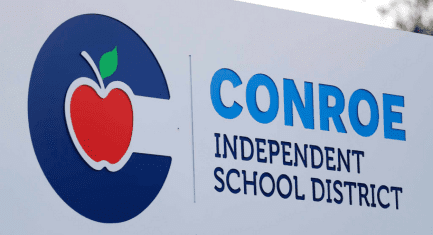At a Special Meeting on January 22nd, Houston ISD Board Members were delivered an unpromising update from the bond department on the status of their 2012 bond program and ongoing projects. The report notified board members that after asking Houston voters to approve the record high $1.89 billion bond proposal, HISD still claims to need an additional $150 million to complete the projects as anticipated.
Board members and bond department employees both point to the struggling energy economy, inflation, and Houston’s construction boom as reasons why their bond plan is failing to meet expectations.
Members were quick to point out similar situations in districts across the state due to the oil market slump. However, had they not led the district through periods of excessive spending when the economy was more robust, they may have been better equipped to handle problems associated with the downturn.
In other words, shared circumstances do not excuse poor planning and mismanagement.
According to HISD and Comptroller reports, when the bond was passed in 2012 the average cost of construction for new schools was $146 per square foot. The district anticipated an increase in costs and set the bond average at $160 per square foot, but they are still falling very short. Now HISD is reportedly paying $210 per square foot for new school construction, far beyond what they could have predicted.
Even though some districts around the state are far worse offenders than HISD, that isn’t a reason to condone their lofty construction estimates. For example, Frisco ISD leads the pack with an outrageously budgeted $270 square footage cost for new construction.
The 2012 proposal was also filled with excessive amenities on high school campuses such as separate dance rooms and swimming pools, along with renovating every middle school bathroom across the district, adding even more bloat.
The district says that the current construction boom, while slowing, has left a labor shortage and increased prices for supplies. Even though the school board allocates about 5% of each project fund to a reserve in case of unpredicted expenses, it isn’t enough to cover increased labor and material costs.
Although some of the rising costs of building new schools can be attributed to the infinite number of construction projects springing up around the Bayou City, that doesn’t explain the overinflated prices throughout the state. Taxpayers need to start questioning what factors, if any, are leading to rising construction costs.
Board members were given a few unappealing options for moving forward:
- Prepare a new bond proposal and take it to the voters, yet again.
- Reduce the scope of projects that are in the first phase, which cuts back programs and facilities from schools—many of which board members promised their districts while campaigning for the bond—in order to reduce costs from the onset of the project.
- Delay some projects until the market comes back. This would allow material and labor prices to drop, while giving HISD the opportunity to negotiate better pricing. However, this solution is far from a magic bullet; halting construction on some projects that are in the final stages keeps students displaced for extended amounts of time and overcrowds the schools that absorb them.
Whatever option(s) the board chooses to pursue, they acknowledge that some of the planned projects deemed unnecessary are going to have to be abandoned. Robert Sands, HISD’s head construction officer, told board members that 16 of the 25 projects scheduled for the first half of the bond program would most likely be put on hold to secure lower prices.
This situation is a prime example of governing bodies attempting to borrow themselves out of problems. The 2012 bond was intended to enhance Houston ISD’s infrastructure and quality of education through programs tailored for each district. Instead, Houstonians are left with more debt, higher taxes, and incomplete schools to show for it.
Had HISD managed its budget properly in the past, reducing wasteful and unnecessary spending and living within its means, it would be better equipped to handle unintended consequences of replacing and repairing 40 schools.
Using reserves that were intentionally set aside for corrective actions of completed bond projects is another irresponsible move that will lead to regret in the future. When issues arise with some of the newly built facilities, as was seen with the 2007 bond, they will be back again in search of funds to fix the “problem.” Judging by the past, it seems HISD will be asking local taxpayers to approve a new bond proposal in no time, unless taxpayers demand a more prudent alternative.




